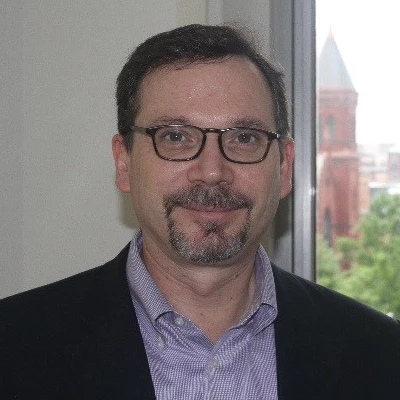
In September 2013, World Bank Group President Jim Yong Kim launched the Low Carbon, Livable Cities (LC2) initiative at the Clinton Global Forum in New York City. Here we are, a full year later, with the UN Climate Summit upon us, and it’s clear that the Bank’s efforts are bearing fruit, strongly influencing or linking neatly with efforts being announced today.
The LC2 initiative seeks to help cities improve their climate planning efforts – through new tools, guidance and training – and through new financing strategies aimed at helping a city pay for the initiatives identified during the planning process. Business-as-usual approaches were forbidden – instead the team was asked to prioritize strategies that were pragmatic, scalable, and impactful.
On the planning side, the World Bank -- in collaboration with a range of like-minded international organizations – began work on a training and credentialing program for professionals working on emission inventories and other types of climate planning activities in cities. At today’s Summit, a new “Compact of Mayors” was announced that will help cities systematically report their GHG emission levels and climate actions. The new credentialing program will be incredibly valuable at developing the talent base necessary to help cities report this information in an accurate and consistent manner. Our current goal is to have our first set of local government officials, private sector experts, and civil society staff credentialed by next spring.
We’ve also made great headway in developing a user-friendly, new modeling tool that will help municipal governments and local climate planners understand the energy and emission implications of different climate interventions under consideration in their city. In addition to a benchmarking system that will allow cities to see how their carbon and energy performance compares to other cities, this new tool – to be known as CURB (Climate Action for URBan Sustainability) will play a big role in helping local climate planners assess which strategies make the most sense from a cost and performance perspective. C40 Cities and AECOM are our key partners in this initiative.
On the financing side, a new pooled financing mechanism is under development that can support climate investments in cities around the world. Our first area of focus is the financing of energy efficient streetlighting upgrades in both developed and developing country cities. We’re currently out talking to municipalities about their lighting finance needs, and to investors to assess their appetite for high-grade debt instruments helping cities to finance these upgrades. This initiative – which is still several months away from completion -- meshes well with the green bond conversation emerging from today’s summit.
Our city creditworthiness initiative is perhaps the most advanced of all of the LC2 activities. Launched in Nairobi in October 2013, the Bank has now sponsored three different workshops involving 66 cities from 22countries. Working with cities over the course of a week-long workshop, we help municipal officials undertake a self-assessment of where their city’s financial management practices are strong, and where they are weak. By the time the academy ends, city treasurers and local officials will have developed a ‘roadmap’ of actions they must undertake over time to remedy areas where they have deficiencies. In some cases such weaknesses can be addressed relatively quickly – in less than a year – but in others, the challenges are so deeply embedded that it can take several years to fix them in a meaningful way.
The World Bank Group has no illusion that every city will complete this process and achieve a credit rating allowing them to issue municipal bonds -- additional sources and forms of financing will be needed as they look to finance their green transition. We are confident, however, that with hard work, all cities can improve their financial situation, enhancing their ability to address a wide range of challenges facing their city, including climate change.
The creditworthiness initiative has found great traction in the last several months as we have engaged on conversations with private sector firms, donor aid agencies, and development banks about the creation of a new Cities Climate Finance Leadership Alliance. The Alliance, launched at today’s summit, will bring together key stakeholders to tackle the thorny problems impeding the flow of private capital and other financing support to developing country cities. Another agreement announced today is the partnership between the C40, Bloomberg Philanthropies, and the World Bank Group to work together to raise funds to support the followup training and technical assistance required by cities participating in the creditworthiness program.
The progress made in the past 12 months is testament to incredibly hard work by a range of individuals from across the World Bank Group and in partner organizations. It’s been exciting to watch this progress up close. There is much work ahead, but today we celebrate this progress and the momentum coming out of the Summit that will help propel all of these initiatives forward.


Join the Conversation